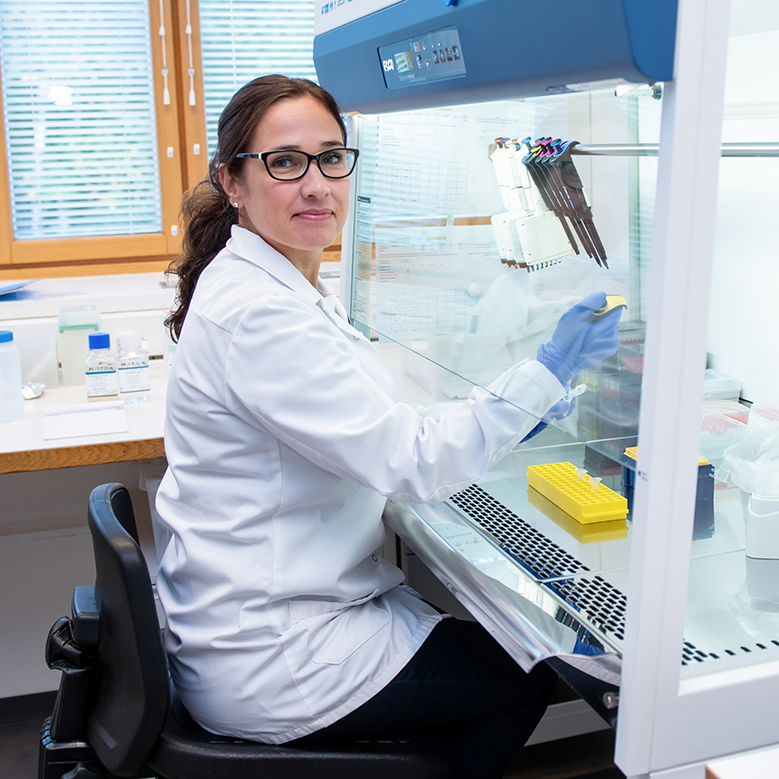In the fast-paced world of pharmaceuticals, speed to market is crucial—and the Biopharmaceutics Classification System-based biowaiver process offers a game-changing opportunity for companies looking to streamline drug development. Biowaivers are frequently used to support the approval of generic drugs. In cases where the drug formulation is the same and meets the biowaiver criteria, a generic version can be marketed without needing to undergo extensive human clinical bioequivalence trials. In some cases, biowaivers may also apply to new formulations of an existing branded drug, particularly for variations in salt forms, or when new dosage forms (e.g., from tablet to oral solution) are developed and the criteria are met.
The regulatory tool with ICH guideline M9 granted by health authorities, allows generic drug manufacturers to skip costly and time-consuming clinical bioequivalence studies, provided their product meets certain key criteria: The ICH M9 guideline categorizes drug substances into one of four BCS classes as follows:
Class I: high solubility, high permeability
Class II: low solubility, high permeability
Class III: high solubility, low permeability
Class IV: low solubility, low permeability
A biowaiver is typically granted for oral immediate-release dosage forms whose drug substance belongs to BCS class I or III. However, not all drugs qualify for a biowaiver. Complex formulations, sustained-release drugs, or drugs with a narrow therapeutic index cannot typically receive a biowaiver.
The major advantage of a BCS-based biowaiver is that it allows in vitro testing to be used instead of more expensive and time-consuming clinical bioequivalence studies. The permeability can be assessed in vitro using Caco-2 cells, a human colon carcinoma cell line widely used to model drug absorption in the gastrointestinal tract. The qualification is based on the permeabilities of known reference compounds. To meet the criteria for highly permeable compounds, active transport processes cannot be involved in permeation. Caco-2 cells endogenously express a variety of transporter proteins that are present in gastrointestinal tract and these cells can be utilized to show involvement of active transportation if it is a part of the absorption mechanism of the product.
Under the ICH M9 guideline, solubility is one of the two fundamental criteria (along with permeability) used to classify drugs within the Biopharmaceutics Classification System (BCS). For drug developers seeking a biowaiver, proving that a drug is highly soluble is a critical first step. To be considered highly soluble, a drug must meet this definition: The highest single therapeutic dose of the drug substance must be soluble in 250 mL or less of aqueous media over the pH range of 1.2 to 6.8, at 37 ± 1°C. This pH range is designed to reflect the conditions in the human gastrointestinal tract, from the acidic stomach to the more neutral small intestine. The 250 mL volume corresponds to the typical amount of fluid in the stomach under fasting conditions. In short, the drug must dissolve easily and completely in a small amount of fluid across a wide pH spectrum, mimicking real-life conditions after oral administration.
The ICH M9 guideline outlines specific dissolution criteria for drug products to qualify for a biowaiver based on BCS classification (particularly for Class I and Class III drugs). These criteria are designed to ensure that the test product is just as effective as the reference drug without needing to go through clinical trials. Here’s how it works: For a drug to be considered bioequivalent based on in vitro testing alone, the dissolution profile of the test product must be comparable to the reference product. This involves testing the drug’s dissolution in three different media that represent the pH range of the human gastrointestinal tract:
- pH 1.2 (simulating the acidic environment of the stomach)
- pH 4.5 (simulating a buffer region in the stomach)
- pH 6.8 (simulating the environment in the intestines)
These tests must be conducted at 37 ± 1°C (human body temperature) to ensure realistic conditions. For a biowaiver to be granted, the test product must show that 85% or more of the drug dissolves in each of the three media within 30 minutes. This is known as the rapid dissolution criterion. If the drug product meets this requirement in all three media, the dissolution profiles of the test and reference products are considered similar.
If the dissolution is slower, then a similarity factor (f2) must be calculated to compare the dissolution profiles of the test and reference products. For the profiles to be considered similar, the f2 value must be ≥ 50, which indicates that the profiles are sufficiently close to one another in terms of the amount of drug released over time.
When applying for a BCS-based biowaiver under ICH M9, it’s not enough to just show that a drug dissolves and permeates well—you also need to make sure the active pharmaceutical ingredient (API) is stable in the gastrointestinal (GI) tract. This becomes especially important if you’re using mass balance studies or in vitro models like Caco-2 cells to demonstrate high permeability. In these cases, regulators want to know: is the API really being absorbed as-is, or is it degrading before it gets a chance? Demonstrating that your API is stable in the gastrointestinal environment doesn’t have to be overly complicated. The ICH M9 guideline outlines flexible yet scientifically grounded options to evaluate this. The most straightforward approach involves using pharmacopoeia or simulated gastric and intestinal fluids, which mimic the chemical environment the drug encounters as it moves through the digestive system. If you choose to use different media, that’s acceptable too, as long as the choice is scientifically justified and appropriate for your API.
To simulate physiological conditions, the API solution should be incubated at 37°C, which matches body temperature. The guideline suggests that a one-hour exposure in gastric fluid and three hours in intestinal fluid is representative of in vivo transit times, offering a realistic estimate of how long a drug typically resides in these parts of the GI tract. After the incubation period, the concentration of the unchanged drug should be measured using a validated analytical method that’s capable of accurately detecting both the API and any degradation products.
One of the most important aspects of this test is the threshold for degradation. If more than 10% of the drug breaks down during incubation, this is considered a significant degradation. In such cases, the API cannot be classified as highly permeable under the BCS framework, even if other data, such as permeability results from Caco-2 studies or mass balance assessments, appear favorable. This safeguard ensures that the absorption data truly reflects the intact drug and not a degraded compound or metabolite. Ultimately, this step provides assurance that the API remains stable enough in the GI tract to support a biowaiver request based on in vitro permeability evidence.
The BCS Caco-2 test can be divided into two main phases. The first phase assesses whether the test compound is appropriate for in vitro BCS classification and helps define the optimal experimental conditions. The second phase is the formal BCS classification test, where the compound’s permeability is measured under the defined conditions.
The initial phase can also serve broader purposes beyond BCS classification. It is often used to conduct detailed permeability studies, which may support regulatory submissions such as Investigational New Drug (IND) applications or other documentation required by health authorities.
While GLP is not required for biowaiver studies, maintaining high standards for testing, documentation, and reporting is crucial for regulatory acceptance. These studies should be carried out in well-controlled environments, using scientifically validated methods, to ensure the data is credible and meets the expectations of regulatory agencies. At our labs, each study includes built-in quality control (QC) steps. That means our scientists or study directors carefully review all documentation, test articles, assays and reports using clear checklists to make sure everything’s on track. This standard QC process is robust enough to cover all the different types of assays we run. On top of that, our quality manager can perform a supplementary QC at any stage of the study to ensure everything has been conducted according to plan. Any issues or observations are always noted in the final study report.
Want to discuss more – feel free to reach out to our team!

